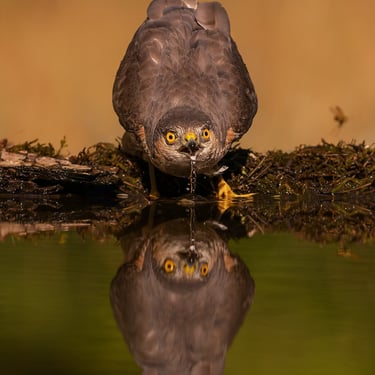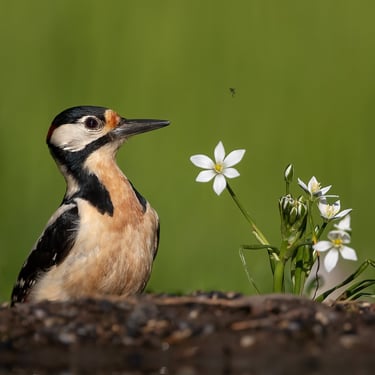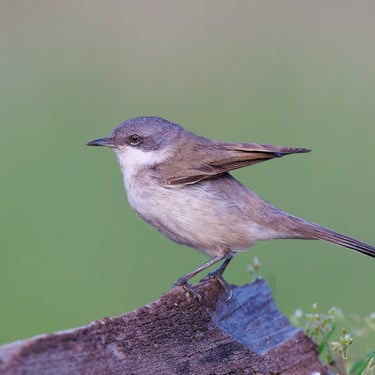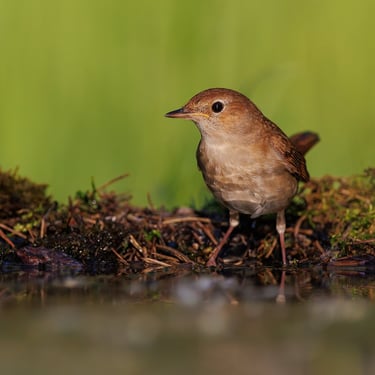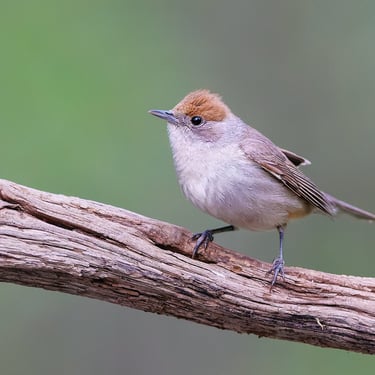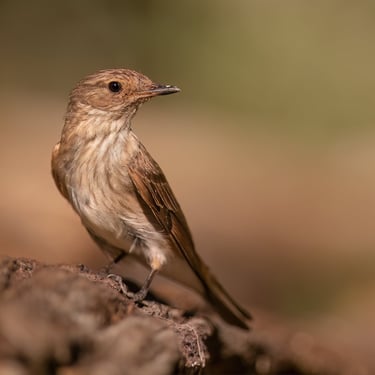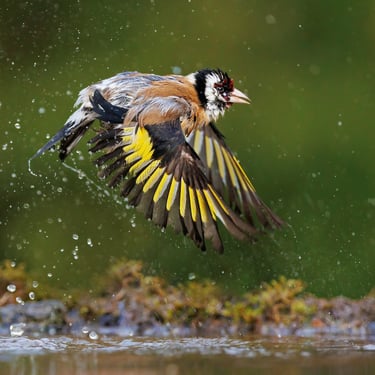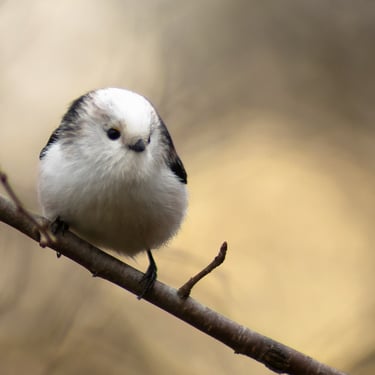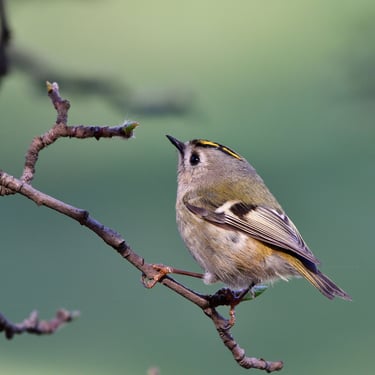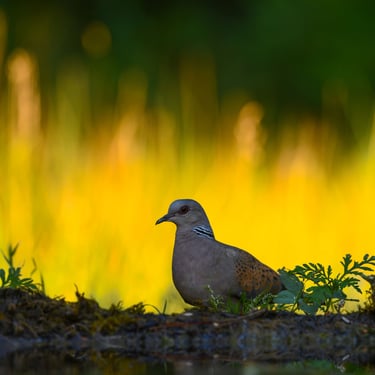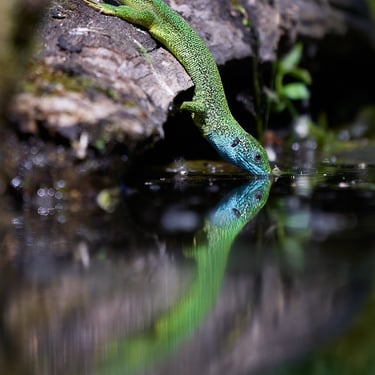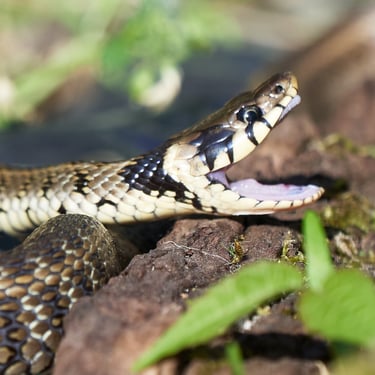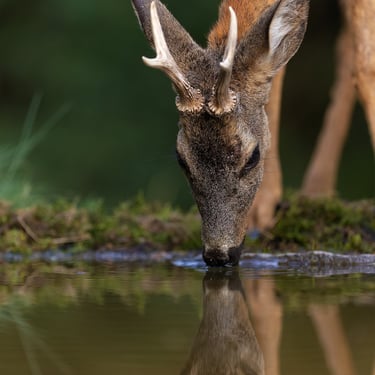
The Spring period starts with the arrival of long distance African migrants to their breeding sites at around 20th April. The colonially breeding Red-footed Falcons, Common Kestrels and the European Rollers are in their brightest plumage and they start courtshipping and mating in a week's time. From late April till mid May there is a number of passing through and locally breeding Waders, Egrets and Herons, Grebes and Ducks and other waterfowl showing at various wetland habitats. Hoopoes, as early arriving birds are normally the first to start breeding and by the end of Summer most pairs have raised two broods. Drinking pools are always interesting as they attract big numbers of migrants and resident birds, too, and they get really busy during the warm Summer days. European Bee-eaters start forming colonies in mid May and each year there are more birds choosing breeding sites on flat grasslands, roadsides. Till the end of May most birds finish with mating and nest building, some even egg laying. June is the main time for incubation for most birds. First Falcon chicks fledge at around 20th June and the super busy feeding period lasts till last fledged chicks leave nests at around mid July. Late Summer is one of the best the time to photograph foraging Egrets and Herons, Black Stork, some early migrating waders.
Till the end of May the weather is usually not too hot and refreshing spring rains are also more likely to arrive. The countryside is green and teaming with flowers. In June it's getting warmer, it's still green, poppies are blooming though summer storms with torrential rains can evolve quickly. By the end of June the landscape starts turning yellow and ochre due to heat which in July and August can reach 36-38 C degrees. As a result of heat and long droughts some wetlands may dry out in late July.
TOWER HIDE

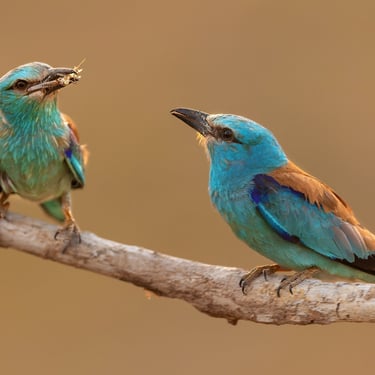
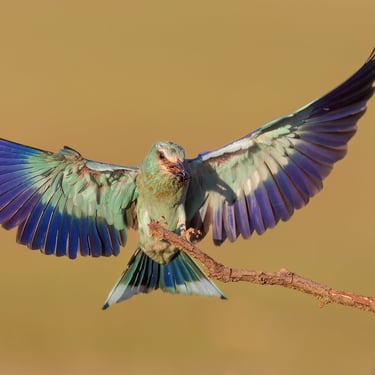
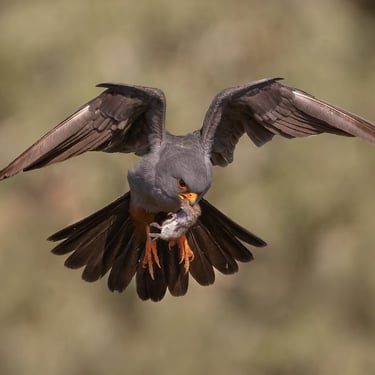


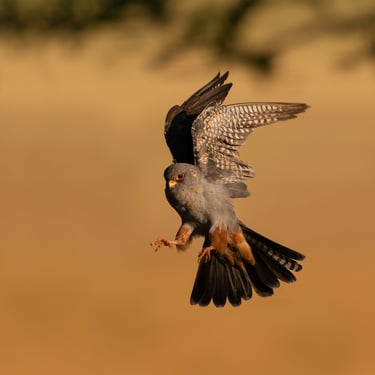

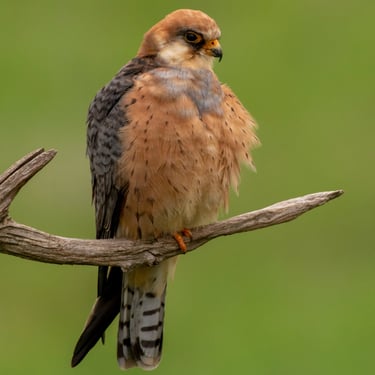

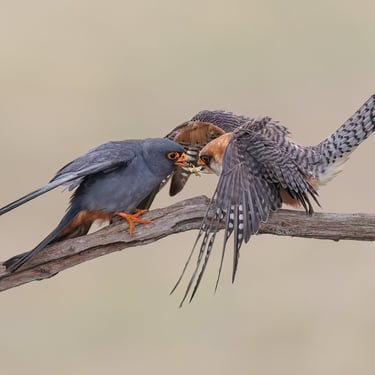


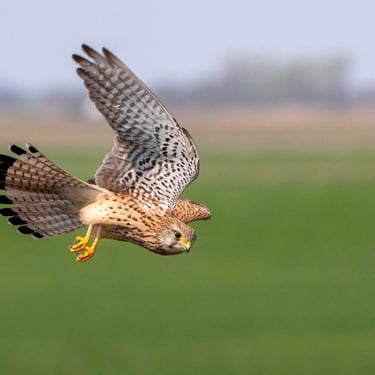
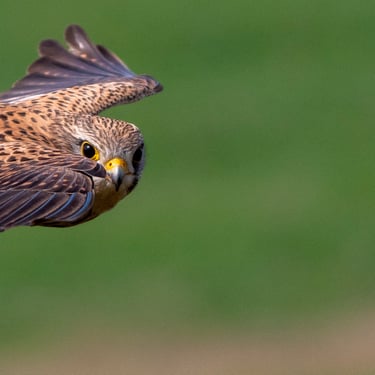

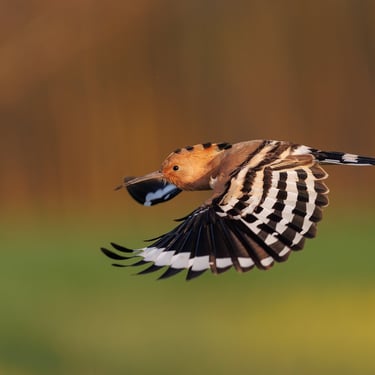
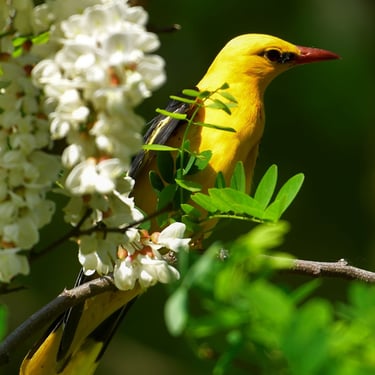
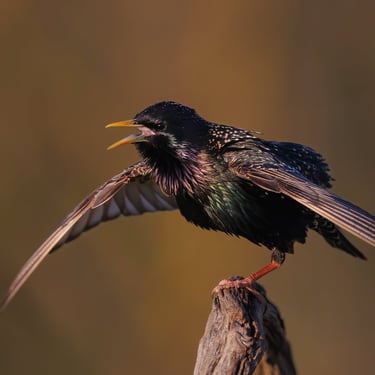
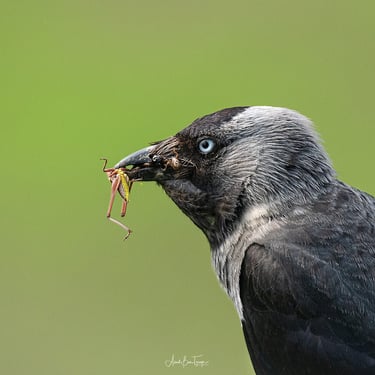
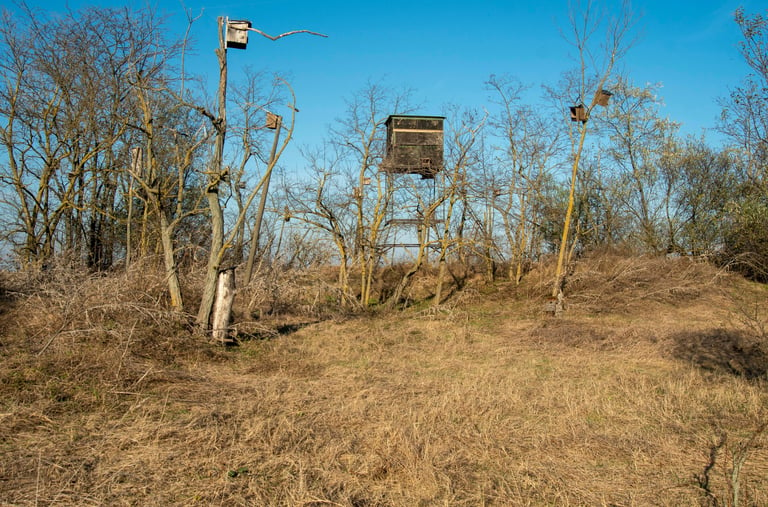

We operate two tower hides: the shorter one is appr. 4.5 m high and suitable for 2 photographers, while the higher one is appr. 6 m high and big enough for 3 persons. Both are equipped with detective (one-way) glass windows to 3 directions( W, N and E), so both can be used in any time of the day for all light directions. We use comfortable and safe ladders to climb up to the cabins. These towers are in the middle of an artificial nestbox colony specialy built for the colonially breeding Red-footed Falcons, Kestrels, European Rollers and Jackdaws. The distance to the boxes varies between 6-10 m. We normally use them for half day sessions, both in the morning and afternoon. In most years Hoopoes, Little Owls and Lesser Grey Shrikes also breed next to the hides and we regularly get close views of Turtle Doves, Starlings, Golden Orioles, Green Woodpeckers, Greater Spotted Woodpecker, etc. From the elevated hides you have a superb view of the flat fields, sometimes you can see Foxes and Roe Deers, too.
We also operate an appr. 3,5 m small tower at a sand quarry which provides perfect breeding conditions for European Bee-eaters and Sand Martins. The distances to the perches here vary between 6-15 m.
WATERSIDE HIDES
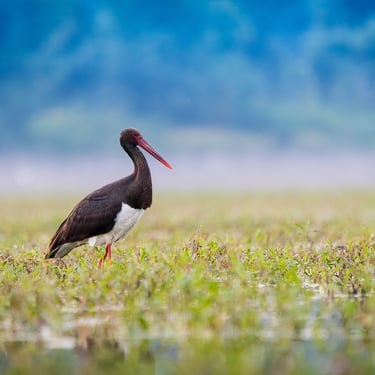
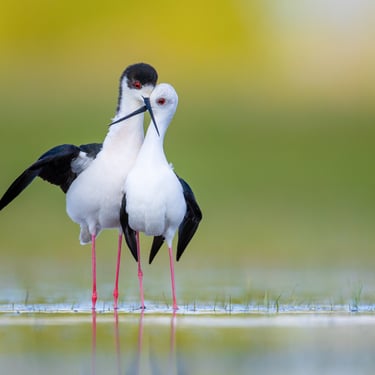
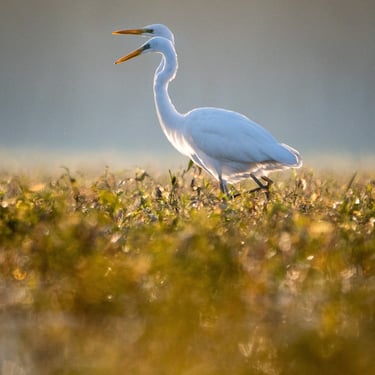

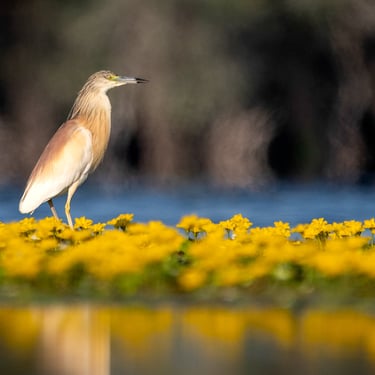

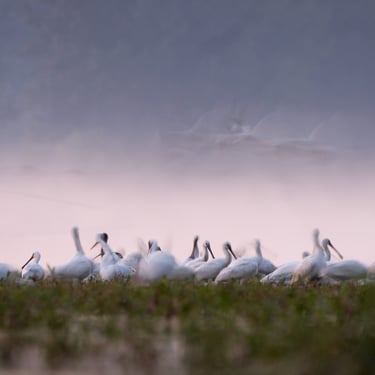
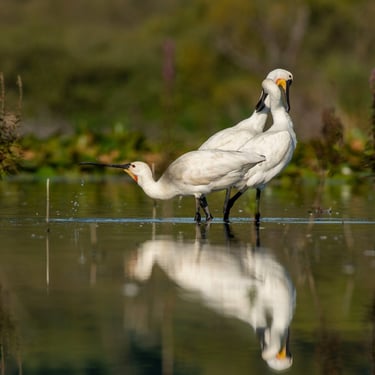
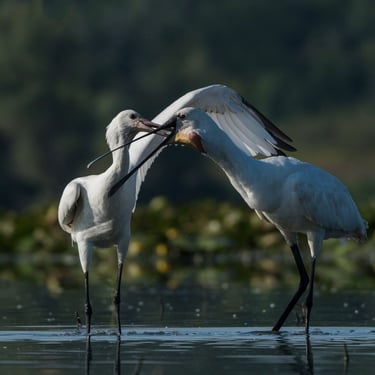

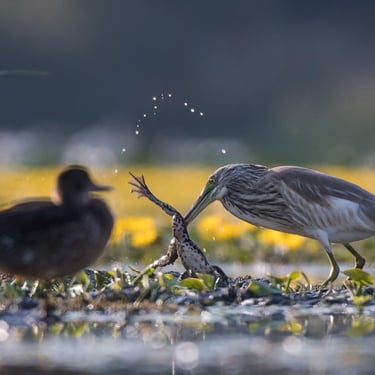

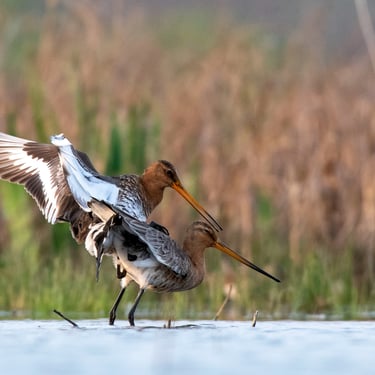


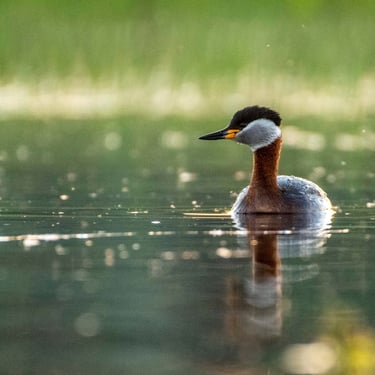
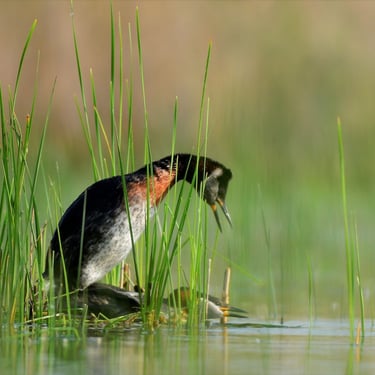

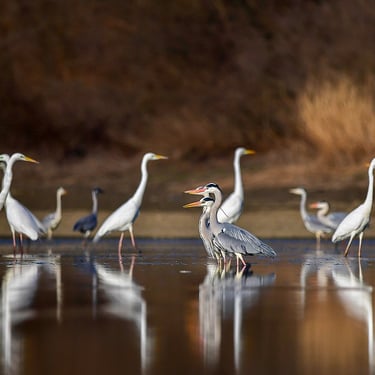



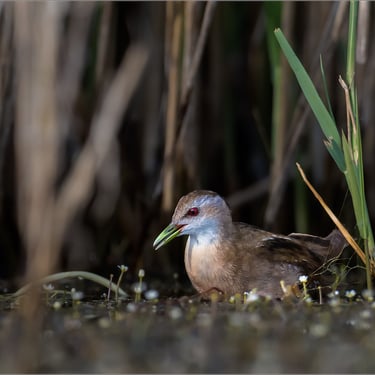
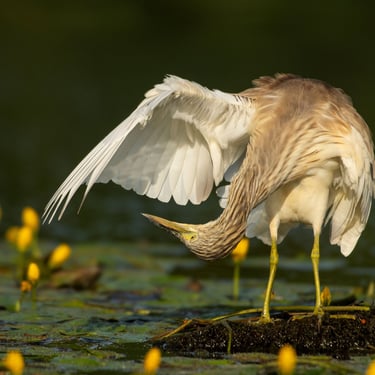
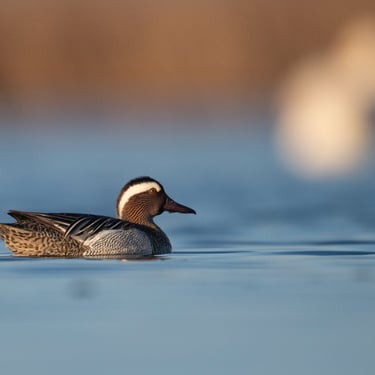

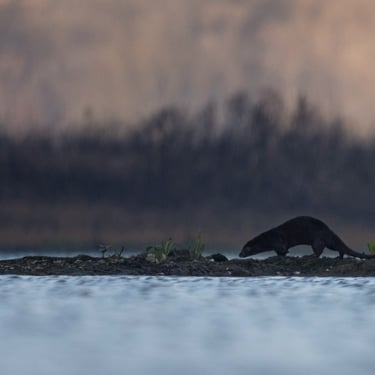

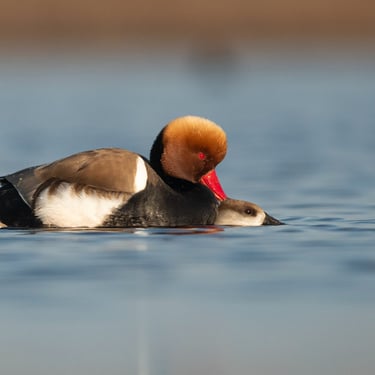
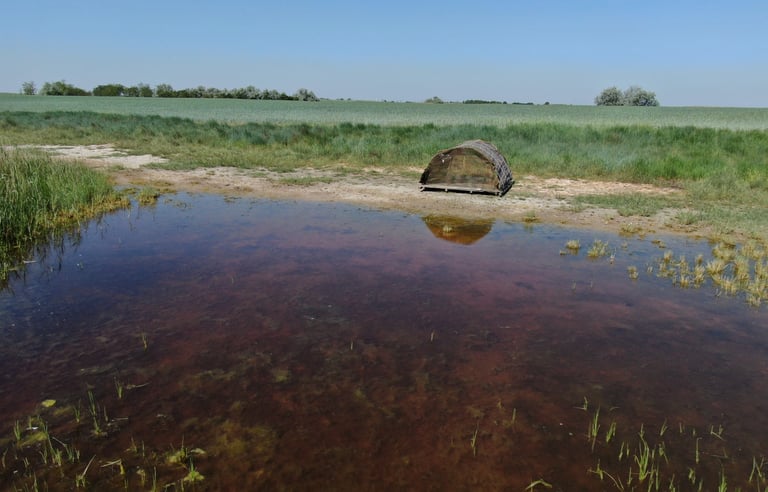

We use two types of hides at various wetlands. The floating tunnel shaped lying hides are 2,4 m x 1,8 m big, rainproof, camouflaged constructions with solid flooring suitable for 2 persons. In these hides photographers are mostly lying, but one can use them in sitting position, too. Shooting is through camo nets, matraces and beanbags/grounpods are provided locally. Depending on the season and availability of potential locations we usually operate 6-9 of this kind of hides and use them for a half day session. The distance to the birds varies a lot, long lenses are recommended. In most cases rubber boots are needed to reach the hides. As these hides are floating it's easy to change directions and distance to the desired object (so the backgrounds and light direction during shooting can be adjusted to our needs).
The floating-sunk in hide (aka 'Metal Box') is a triple sitting construction located at a natural lakeside surrounded with various types of wetlands (open deep and shallow water, swamps, reedbeds, etc.) home to diverse fauna and flora. In order to reach this location you need to walk appr. 250 m and use a small boat to the hide. Besides various species of birds ( eg. Egrets and Herons ( 7-8 species), Geese, Ducks and 2-3 species of Grebes, Gulls and Terns, Cormorants, White-tailed Eagle and Marsh Harrier, etc.), occasionally European Beaver and Otter can also be photgraphed. Long lenses are recommended.
TEMPORAL DOUBLE HIDES AND POP-UP HIDES
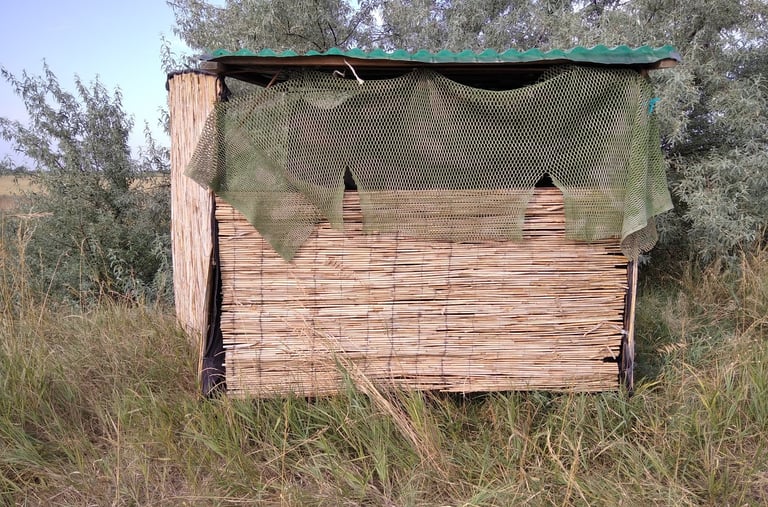

There are species like European Roller, Hoopoe, Little Owl, etc. that regularly occupy low fixed natural boxes we put out in suitable habibats. For these locations and for ground nesting species like European Bee-eater or Sand Martin we use temporal hides during the complete breeding cycle. We also operate a dug in hide at a rabbit colony
For some woodpecker species' nests we tend to use simple pop-up hides.
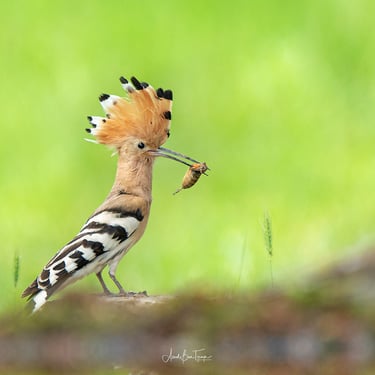
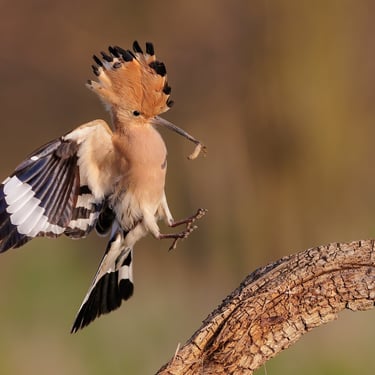
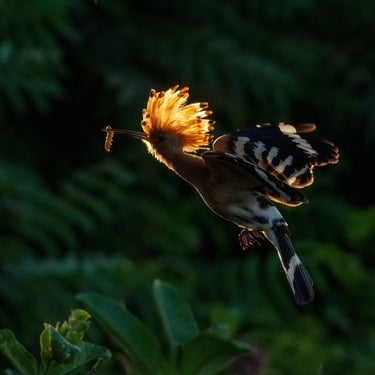
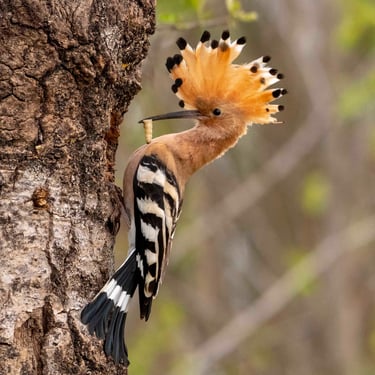
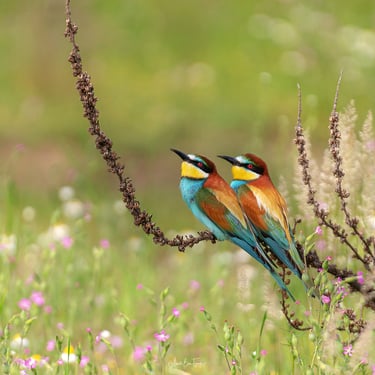
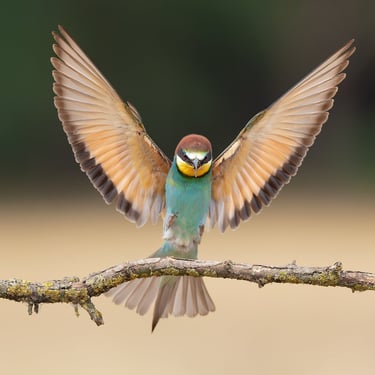
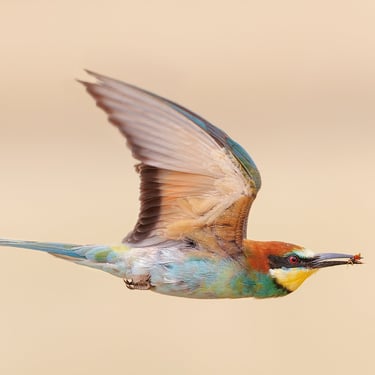

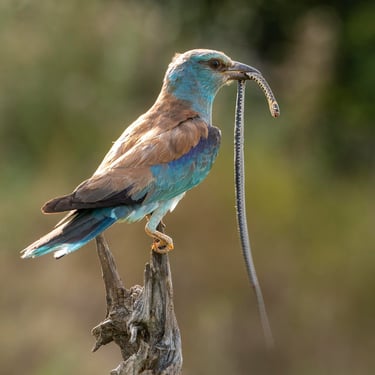
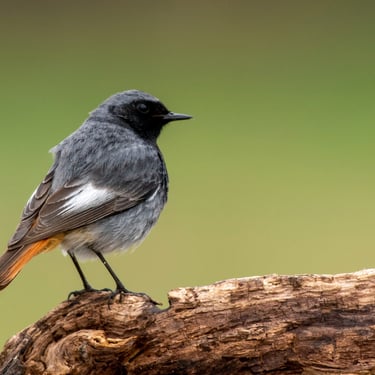
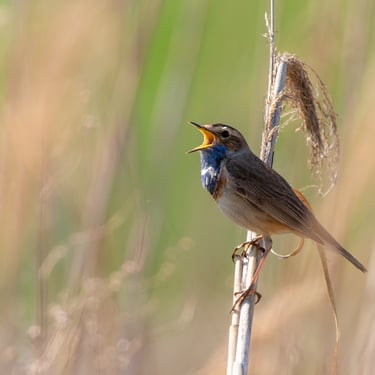






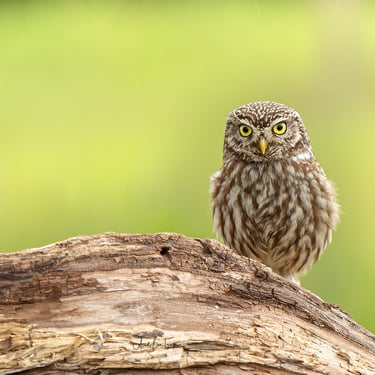
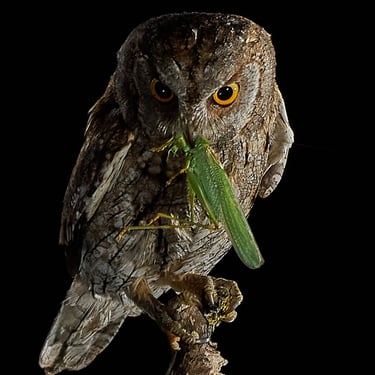


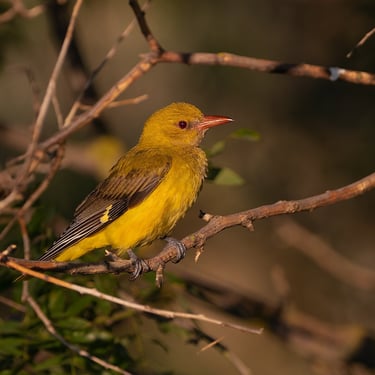
DRINKING POOLS
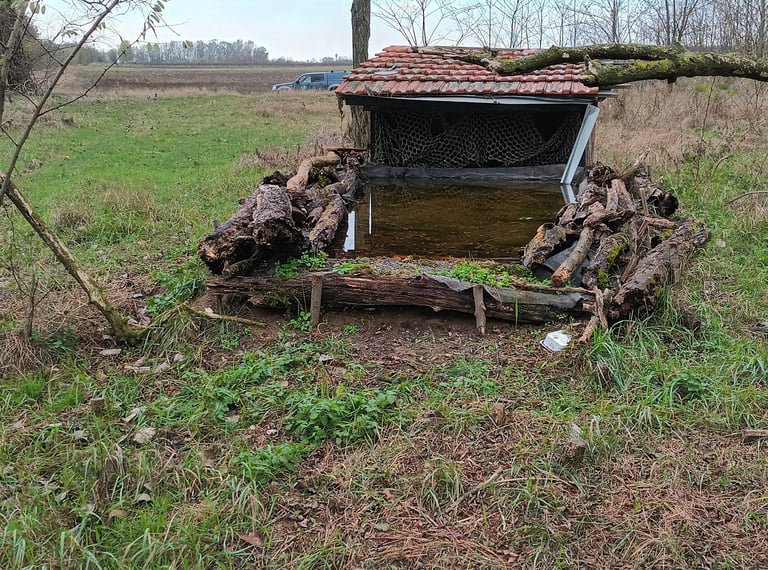

There are 4 dug in hides with 4-5 m long reflection pools in different habitats (mixed gallery forest, puszta grassland, old orchard and planted acacia forest). These hides can be used for photographing either with one-way glass or just with a camo netting and are comfortable for 2-3 people. Photographers have a ground level perspective in sitting position. The species photographable at these hides vary a lot depending on the season and temperature. Birds are either attracted by food or simply because of the water where they both drink and bathe. They get rather busy during the Spring migration, then till the end of the breeding period resident species prevail.
